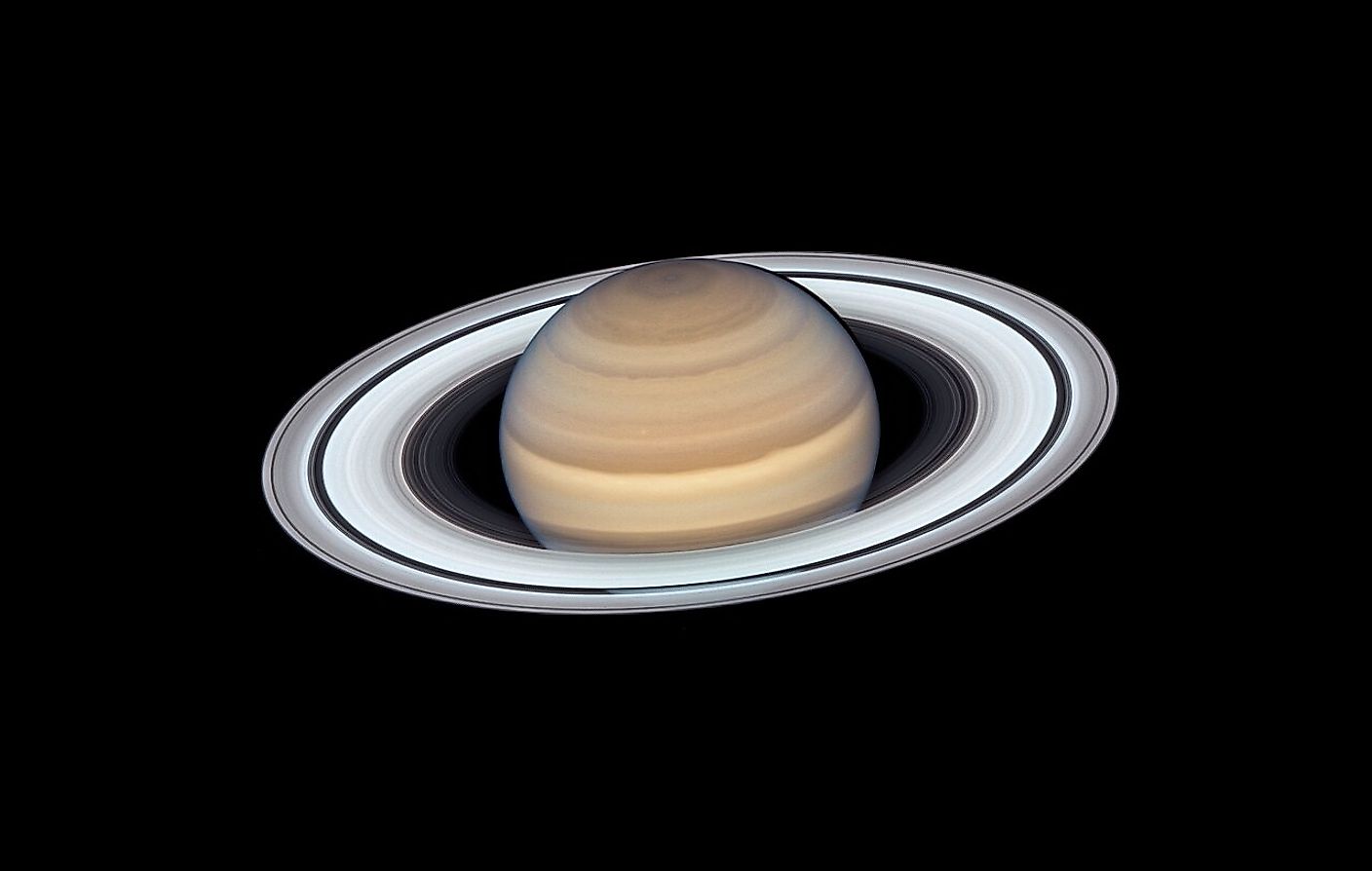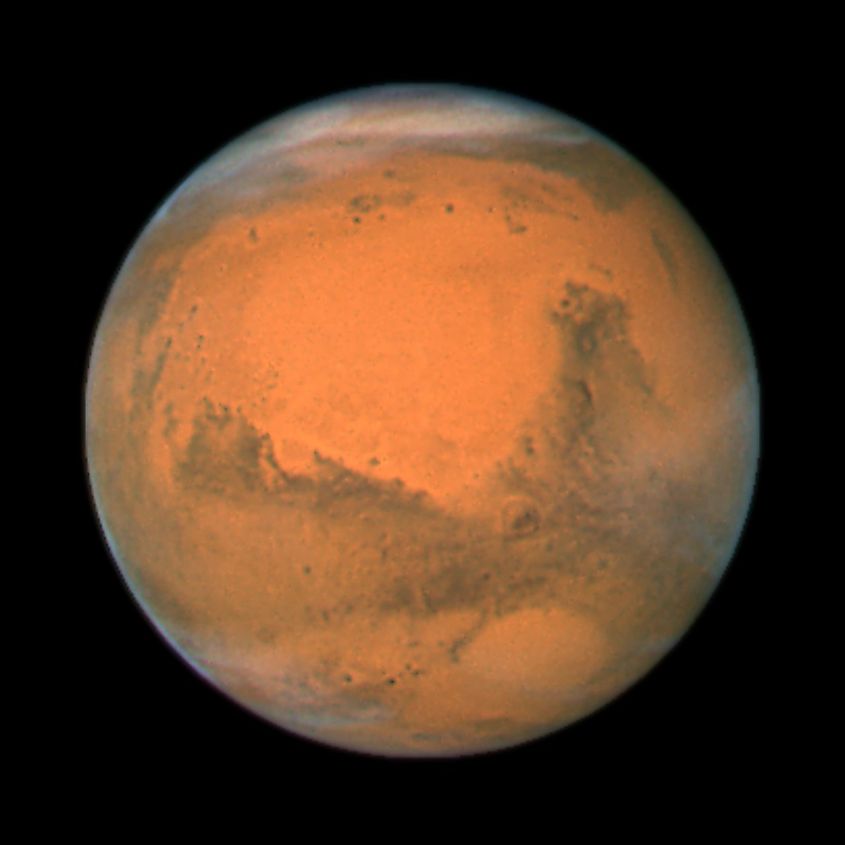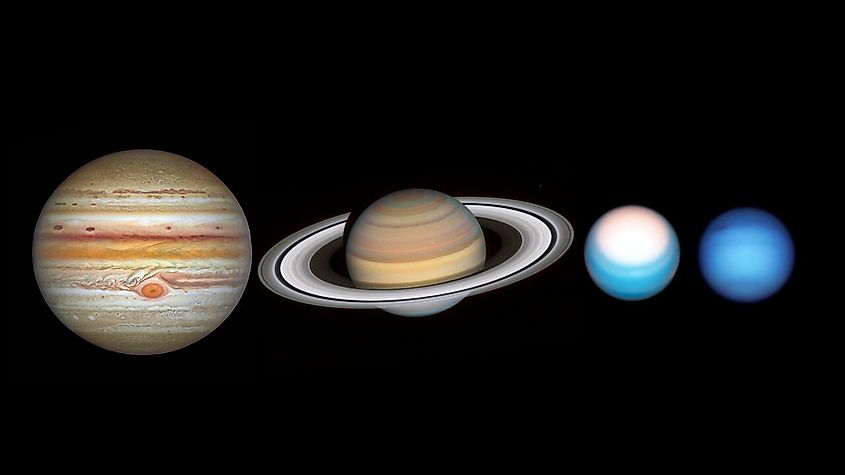
Planets We Have Sent The Most Missions To
Ever since humanity launched the first satellite into Earth orbit in the 1950s, we have sent a multitude of spacecraft to the other worlds in our solar system. Although humans themselves have only ever set foot on the Earth and its moon, we have successfully sent robotic spacecraft to every planet in our solar system, as well as asteroids, comets, and dwarf planets. We have sent multiple missions to some worlds, and others have only ever been visited a small number of times. Which planets have we visited the most?
The Inner Solar System

Humanity has sent robotic missions to every planet in the inner solar system. As one might expect, Mars has been the most frequently visited world in our solar system. There have been a total of 50 missions to Mars, yet more than half of those missions ended in failure. Of those 50 missions, 35 unfortunately failed to reach their destination. Mars is a tremendously difficult world to explore, hence why most missions have failed. Of the 15 successful missions to Mars, nine of them were landers that successfully landed on the Martian surface. Despite the level of difficulty, humanity has never given up on visiting Mars, and it remains the most intensely studied planet in our solar system other than Earth.
Although Mars is difficult to launch missions to and land on the surface, the other rocky worlds are even more difficult. Mercury is so close to the sun that any missions are at risk of falling towards the sun, and to date, humanity has not landed a spacecraft on the surface of Mercury. In fact, there have only ever been two missions to Mercury, with a third spacecraft currently en route.
Venus is the closest planet to Earth and so it has been a popular target for multiple space organizations. There have been a total of 46 missions to Venus, 16 of which have ended in failure. Although there have been many successful flybys and orbiters sent to Venus, landing on the surface is a whole different story. Venus is the hottest planet in the solar system and has an atmosphere 90 times heavier than Earth’s. To date, the only country to successfully land spacecraft on the surface of Venus was the Soviet Union, which conducted a total of eight successful landings on the surface of Venus from 1970 to 1982. No other country has attempted to land on the surface of Venus since.
The Outer Solar System

Humanity has sent multiple missions to the planets in the outer solar system. Jupiter and Saturn have been visited multiple times, while Uranus and Neptune have only ever been visited once. Unlike the inner solar system, every mission to the outer solar system has been successful. The first mission to the outer gas giants was the Pioneer mission, which saw Pioneer 10 visit Jupiter, while Pioneer 11 visited Jupiter and Saturn. Perhaps the most popular mission to the outer solar system was the Voyager mission, wherein Voyager 1 and Voyager 2 visited each of the four gas giants. Both spacecraft visited Jupiter and Saturn, while Voyager 2 went on to visit Uranus and Neptune, becoming the first and only mission to those two planets. Jupiter has been visited a total of six times, while Saturn has been visited five times.
Dwarf Planets
Of the more than 20 confirmed dwarf planets in our solar system, only two have been visited by spacecraft: Ceres and Pluto. Ceres is the closest dwarf planet to Earth and orbits in the Asteroid Belt, between the orbits of Mars and Jupiter. To date, there has only been one mission to Ceres. Called Dawn, it launched in 2007 and arrived at Ceres in 2015 and remained in orbit until 2018. The same year that Dawn arrived at Ceres, another spacecraft, called New Horizons, completed its flyby of Pluto. To date, New Horizons is the only spacecraft to visit Pluto.











